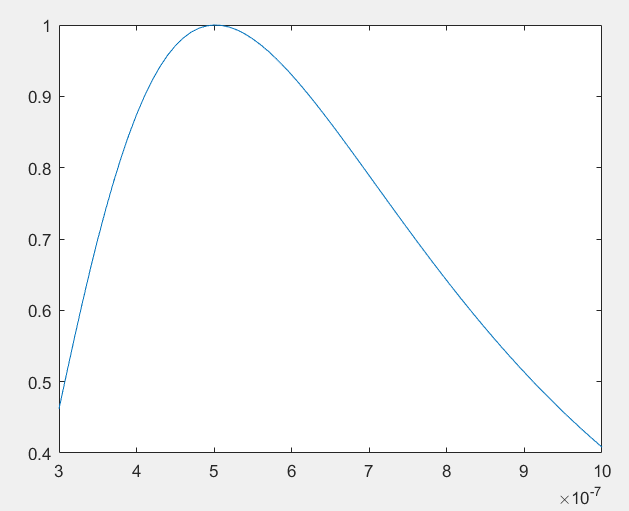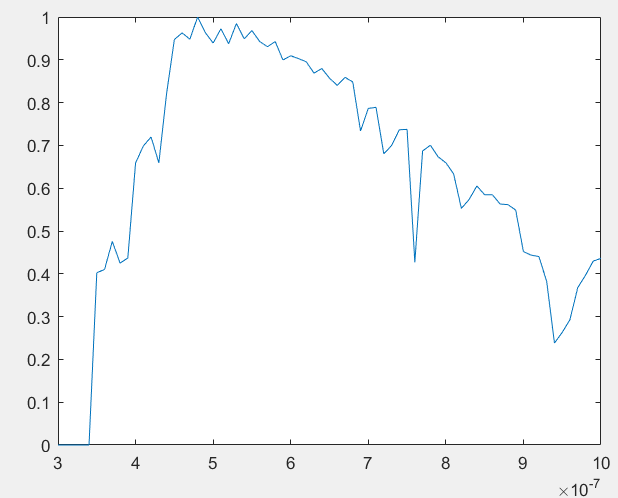1. 1 Introduction
SLAM builds a map and localize the sensor in the map with a strong focus on real-time operation.
Camera: cheap and provide rich information of the environment.
- Monocular camera, cheapest and smallest camera
- depth is not observable
- scale drift and mail fail if performing pure rotations
- RGB-D camera, all these issue can be solved.
- Outdoor performance is not good. Usually used in indoor environment
1.1. 1.1 Main Idea
At its heart, SLAM is an optimization problem, where the goal is to compute the best configuration of camera poses and point positions in order to minimize reprojection error (the difference between a point’s tracked location and where it is expected to be given the camera pose estimate, over all points). —from Kudan
The optimization method: Bundle adjustment, iteratively approaches the minimum error for the whole system.
- Problem: time consuming to find the best solution
- But with the help of multi-core machine, this problem was solved
Another essential technique: relocalization
1.2. 1.2 How it Works


